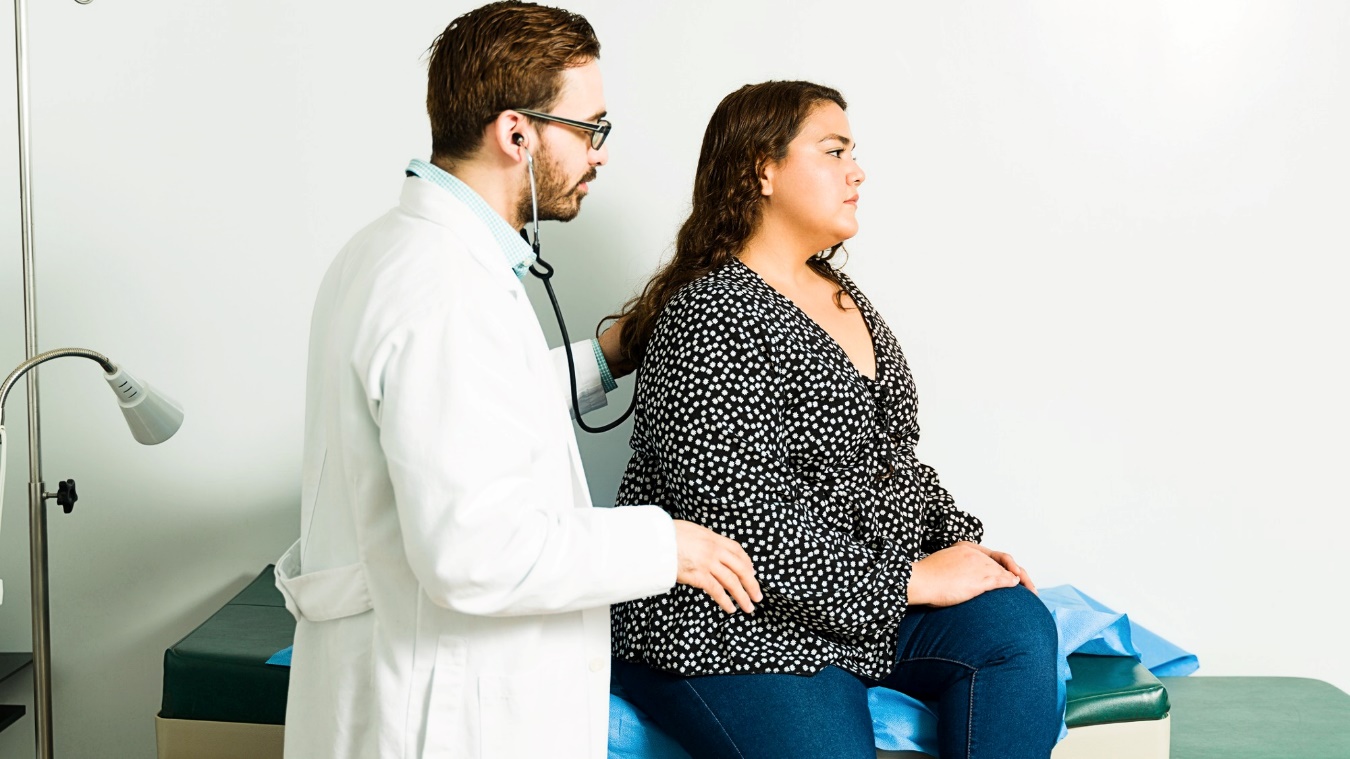Novel predictor of prediabetes in Latino youth identified in new USC study

A team of researchers from the Keck School of Medicine of USC have identified two metabolites, substances produced by the body during metabolism, that may help predict which young Latino people are most likely to develop prediabetes, a precursor to developing type 2 diabetes.
The study, funded by the National Institutes of Health and published in Diabetes Care, is the first large-scale study to look at metabolites as possible predictors of prediabetes or type 2 diabetes in young Latino people. The researchers found that when they added these two metabolites to current prediction models, they could more accurately predict which children in the study would develop prediabetes compared to models relying only on traditional risk factors such as obesity and blood sugar levels.
Prediabetes among young people is an emerging epidemic in the U.S. that disproportionately affects Hispanic children. Jesse Goodrich, assistant professor of population and public health sciences at the Keck School of Medicine of USC and the study’s lead author, added that prediabetes and type 2 diabetes are far more serious and progress faster when they develop in childhood.
Preventing the development of prediabetes in these children is crucial and, unfortunately, it is difficult for doctors to identify which youth are at highest risk of developing diabetes. We believe this research helps shed light on a potential new tool to help those children who need intervention most.
Among young people, type 2 diabetes can cause permanent damage to blood vessels, nerves, and the kidney in less time than in adults. Young people with the disease also have a shorter lifespan, by about 15 years, than the rest of the population. Existing treatments for type 2 diabetes in adults do not work as well in children.
“Preventing the development of prediabetes in these children is crucial and, unfortunately, it is difficult for doctors to identify which youth are at highest risk of developing diabetes,” said Goodrich. “We believe this research helps shed light on a potential new tool to help those children who need intervention most.”

